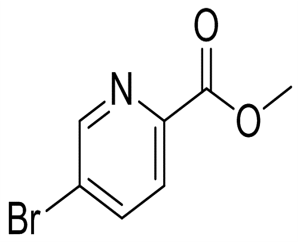3-Methylpentane(CAS#96-14-0)
| Risk Codes | R11 – Highly Flammable R36 – Irritating to the eyes R51/53 – Toxic to aquatic organisms, may cause long-term adverse effects in the aquatic environment. R65 – Harmful: May cause lung damage if swallowed R67 – Vapors may cause drowsiness and dizziness R38 – Irritating to the skin |
| Safety Description | S16 – Keep away from sources of ignition. S23 – Do not breathe vapour. S33 – Take precautionary measures against static discharges. S61 – Avoid release to the environment. Refer to special instructions / safety data sheets. S62 – If swallowed, do not induce vomitting; seek medical advice immediately and show this container or label. S29 – Do not empty into drains. S9 – Keep container in a well-ventilated place. |
| UN IDs | UN 1208 3/PG 2 |
| WGK Germany | 2 |
| RTECS | SA2995500 |
| TSCA | Yes |
| HS Code | 29011000 |
| Hazard Class | 3 |
| Packing Group | II |
Introduction
3-Methylpentane. The following is an introduction to its nature, use, manufacturing method and safety information:Quality:- Appearance: 3-Methylpentane is a colorless liquid.- Solubility: It is less soluble in water but miscible with organic solvents such as alcohols, ethers, and ketones.Use:- Solvents: Due to its good solubility, 3-methylpentane is often used as an organic solvent, especially in industries such as coatings, cleaners and adhesives.- Fuel additive: It can also be used as an additive for gasoline and LPG to improve the deflagration resistance of the fuel.Method:- Industrial production: 3-methylpentane can be prepared by catalytic hydrogenation of 2-methylbutanol (isoamyl alcohol) and hydrogen.- Laboratory synthesis: In the laboratory, 3-methylpentane can be obtained by the addition reaction of methyl iodide and 2-pentene (butene).Safety Information:- 3-Methylpentane is a flammable liquid, and its vapor can form a combustible mixture.- Must be stored away from heat sources and open flames, and in well-ventilated conditions.- May cause irritation after contact with the skin, avoid skin contact and wear appropriate protective equipment.- Avoid inhaling its vapors and use respirator protection if necessary.- Comply with local regulations and operational safety guidelines during use. If inhaled or ingested, seek medical attention immediately.








